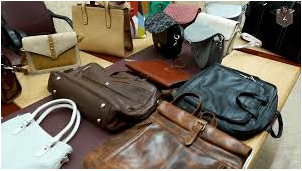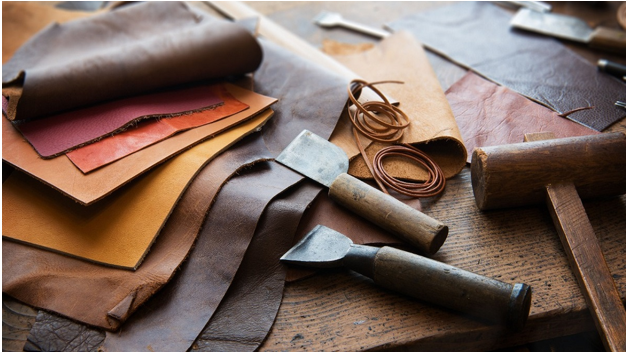i INP-WEALTHPK
Ahmed Khan Malik
The leather industry based in Karachi has sought the government’s help to increase handbags exports.

The leather industry is largely concentrated in Karachi. Industry insiders believe that Pakistan can increase its overall exports of leather if the structural issues of the supply chain are addressed. “The exports of handbags can be increased if the cost of the downstream chain is reduced,” Munawar Siddiqui, a leather industrialist, told WealthPK. He said that the cost of downstream could be reduced by offering DTRE (duty and tax remission for exports) scheme to Pakistan’s leather exporters. He said as the cost of chemicals was quite higher; a 50% reduction in the customs duty could make the difference. Siddiqui also suggested that there should be no tariff on the import of samples, and a freight subsidy could be given on the export of samples.

He said that latest technology, skilled workforce and functional institutions were key to promoting exports. He said Pakistan could increase its exports of leather to $2 billion a year if the government increased the rebate up to 10% and addressed structural issues as well. He also demanded that the government focus on getting more foreign direct investment in the leather sector and reducing tariffs and taxation.
Talib Naqi, another leather industrialist, said that a study was conducted some months ago to understand how the variables, including raw materials, taxation and tariff, costing, market potential, FDI, and government potential policy, could influence the export of handbags. “The study then compared the policies of Pakistan with those of Vietnam and Cambodia and then developed a close-ended survey in order to explain the relationship between independent and dependent variables.”
He said that 10 major competitiveness constraints faced by the leather industry were identified in the study, including insufficient supply of quality raw hides and skins; lack of technical skills at pre-slaughtering, during slaughtering and post-slaughtering stages; lack of modern technology and tools; lack of a skilled workforce; high import duties on chemicals and dyes; low value chain; lack of proper certifications; lack of environmental compliance; gender equality; and ineffective supply chain.
Naqi said that the study revealed that the monthly minimum wage in Pakistan was quite lower than in Vietnam and Cambodia, but at the same time, Pakistan’s labour productivity was also lower than Vietnam, but higher than Cambodia. “The cost of electricity in Pakistan was higher than in Vietnam, but lower than in Cambodia, especially in the case of the leather industry. However, the tariff on accessories used in the leather industry was zero in Pakistan. Cambodia and Vietnam charged some tariff on the accessories. The tariff on the import of chemicals was the highest in Pakistan as compared to Vietnam and Cambodia,” Naqi said while quoting the findings of the study.
Pakistan charges 20-26% customs duty as compared to a maximum of 7.0% by Cambodia and 8.4% by Vietnam, and Vietnam charged zero per cent customs duty on most chemicals, he said. “Hence, the cost of chemicals is the major differentiator among the three countries,” he concluded.
Credit: INP-WealthPk









